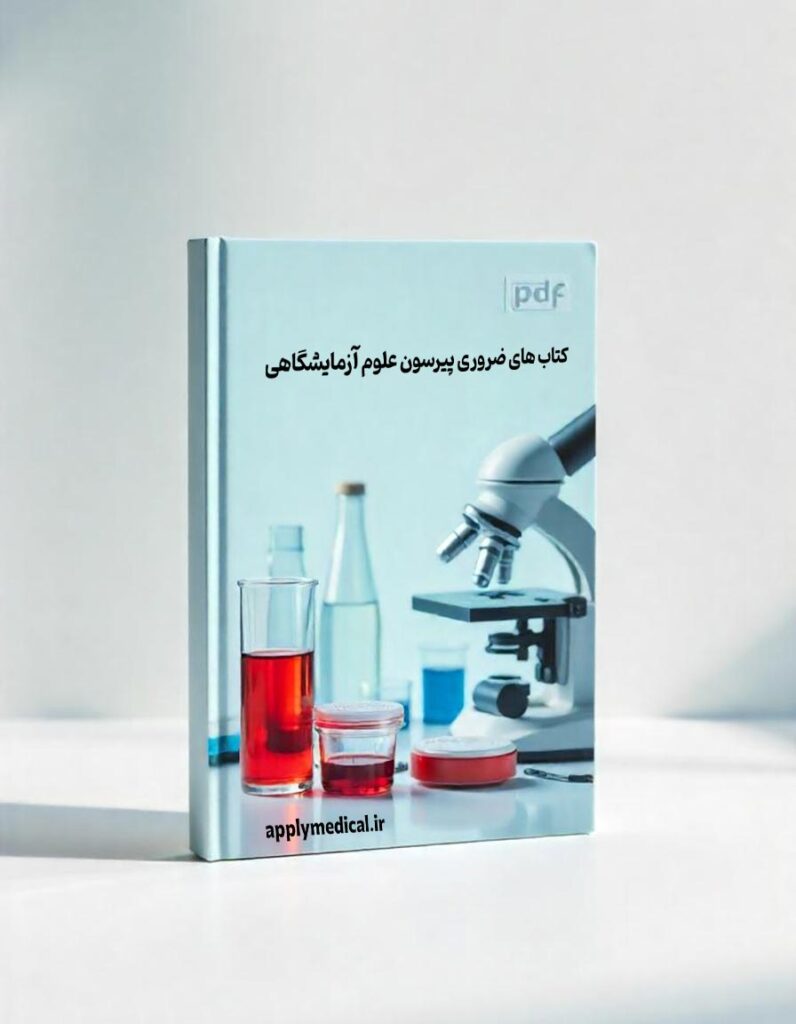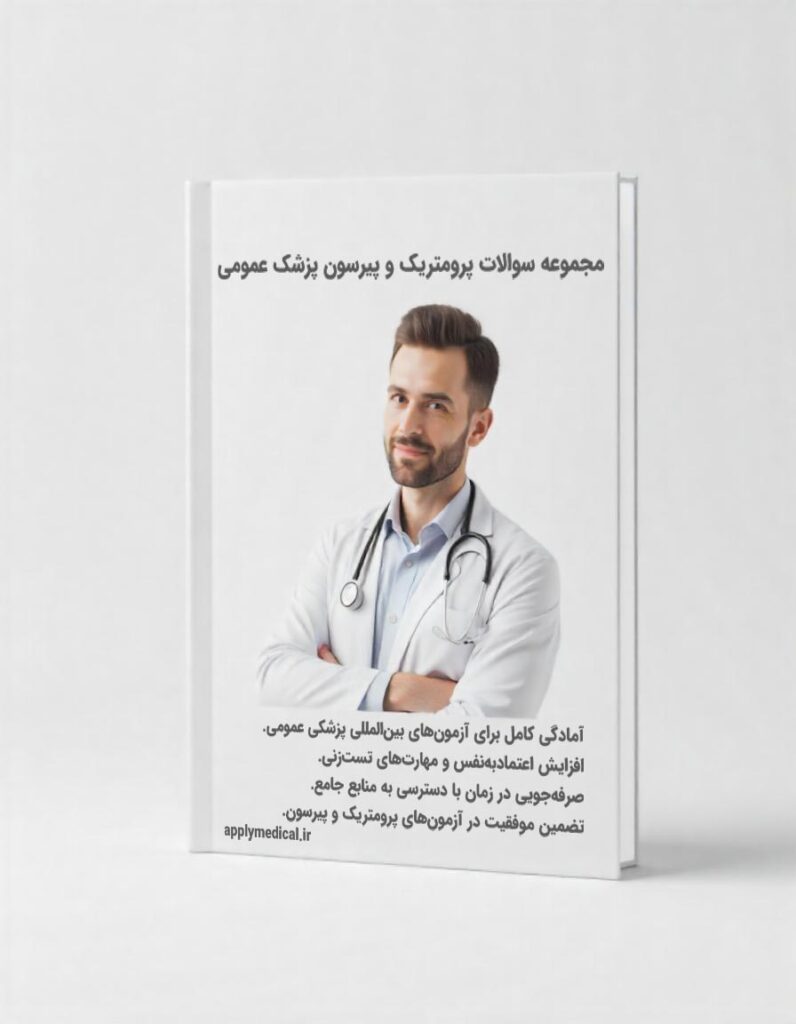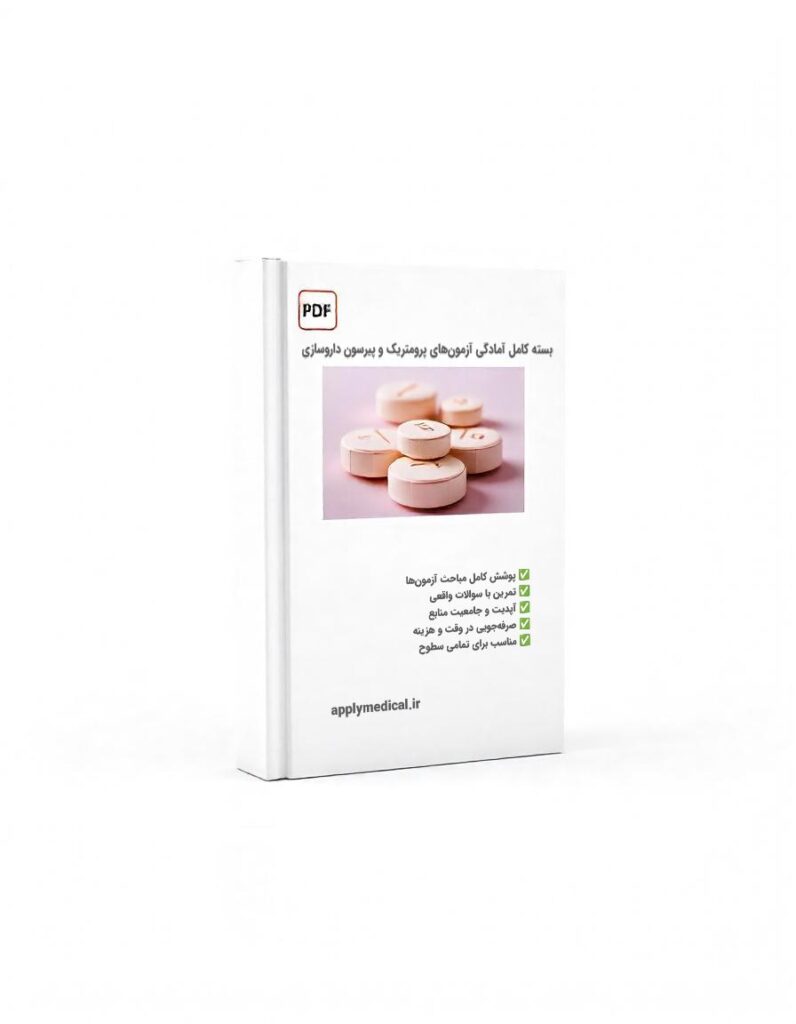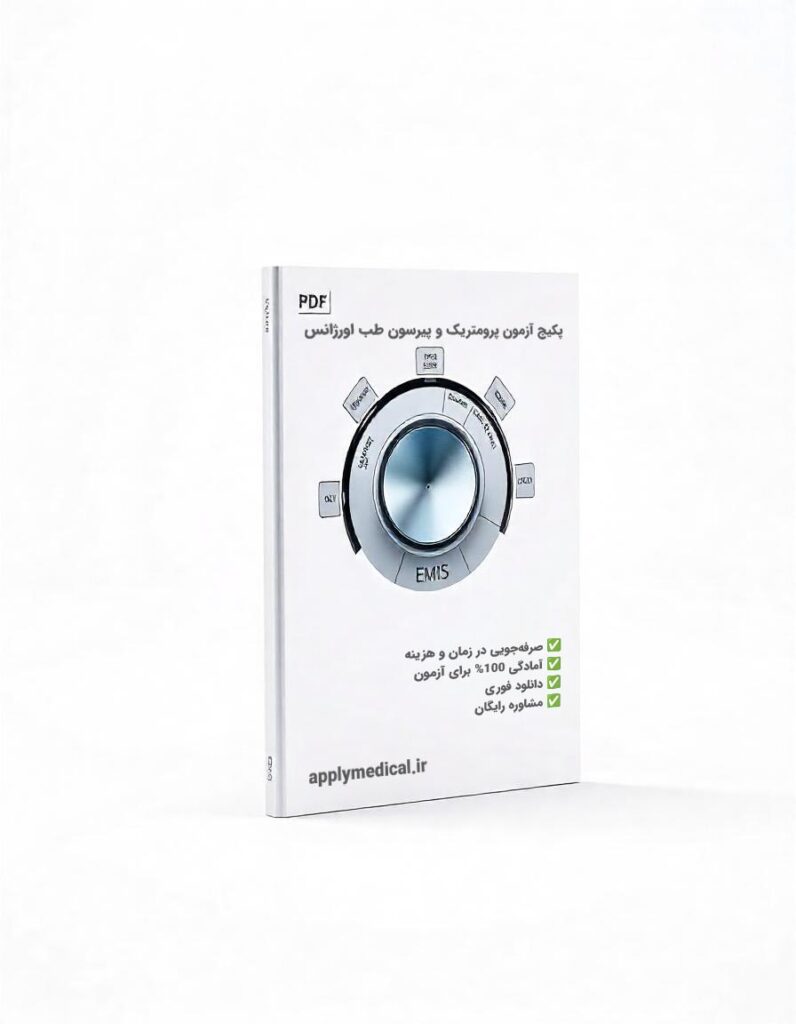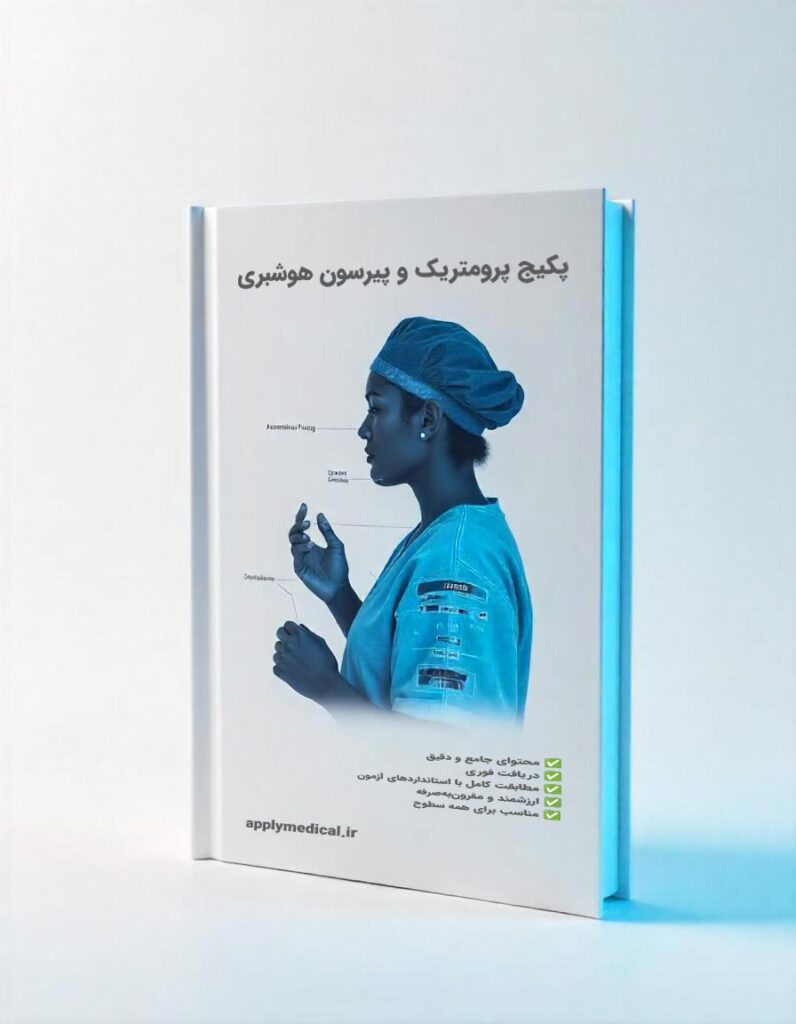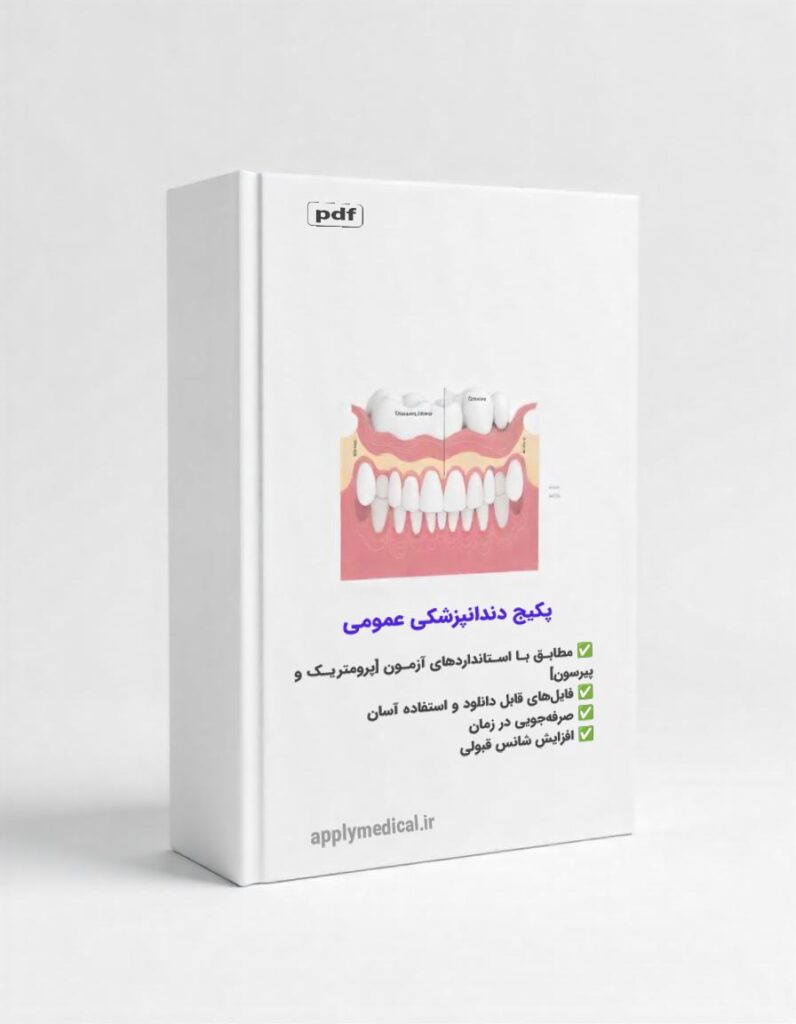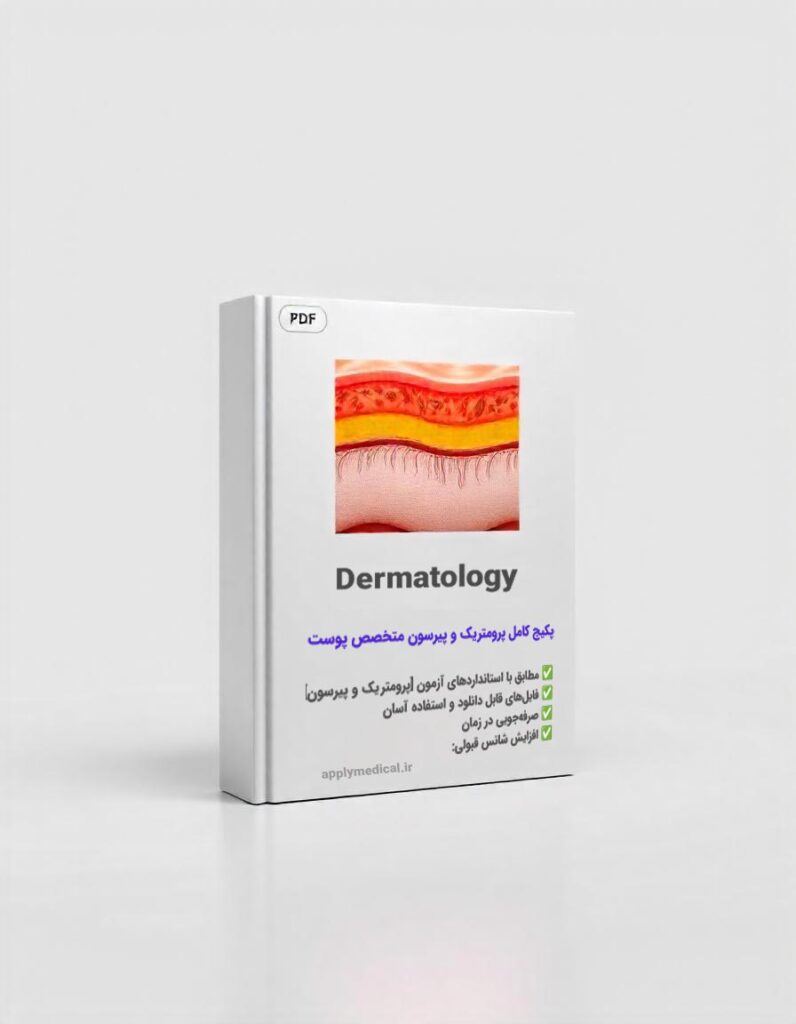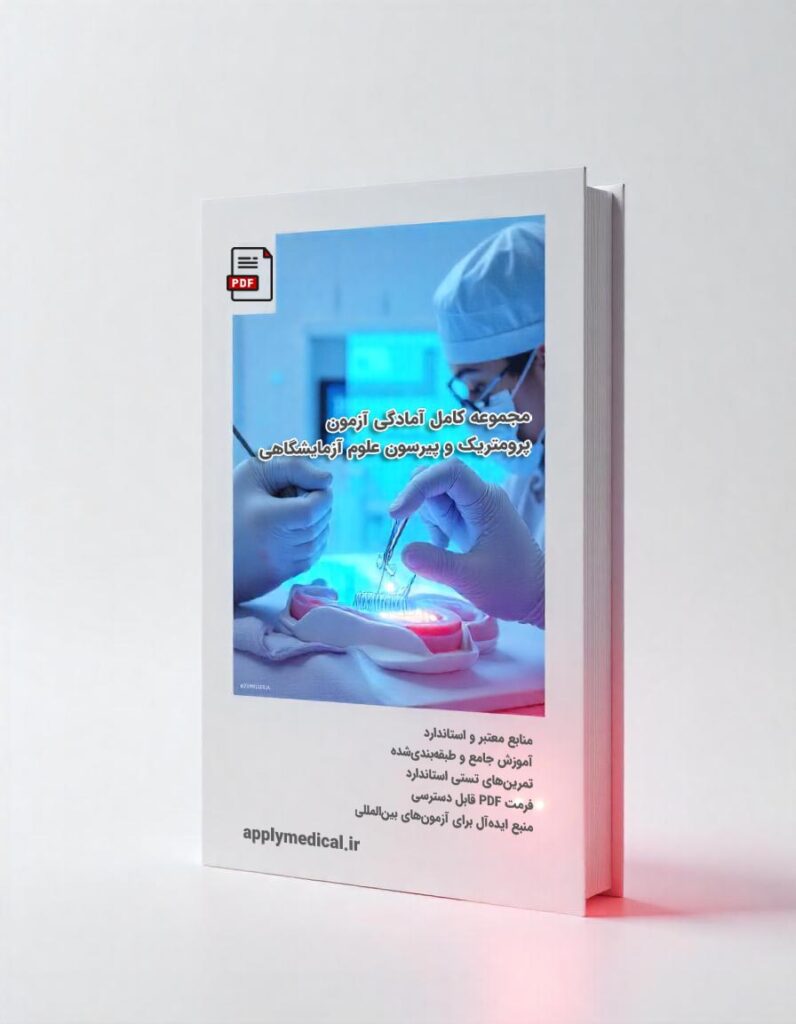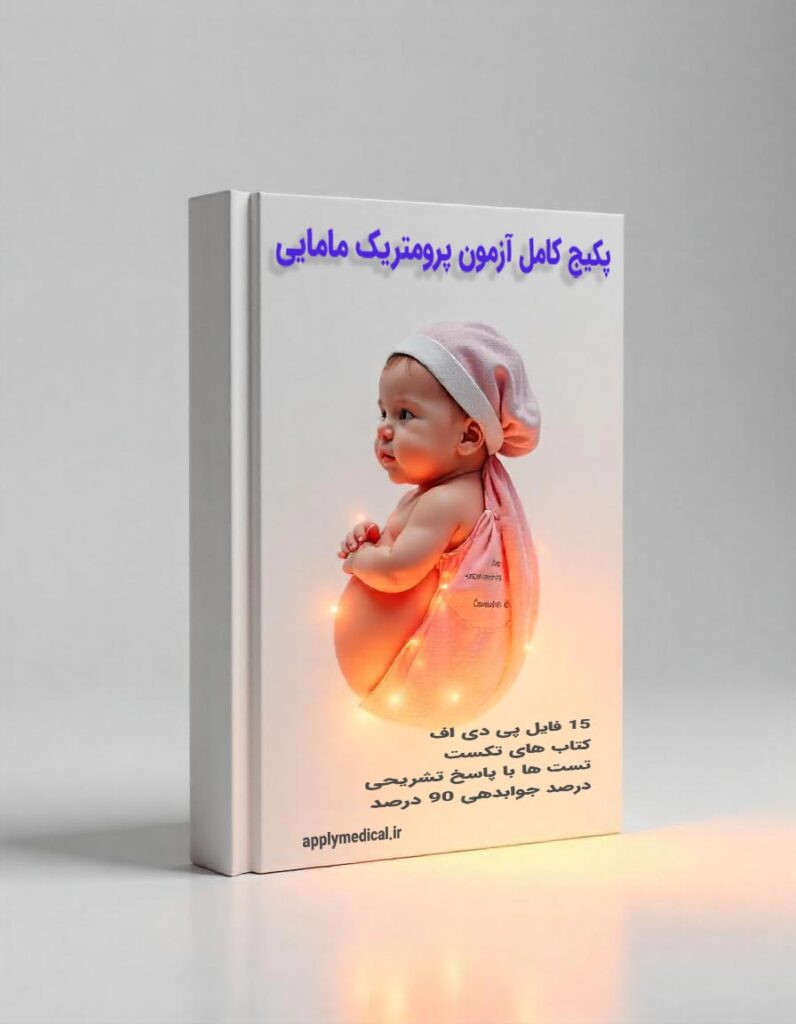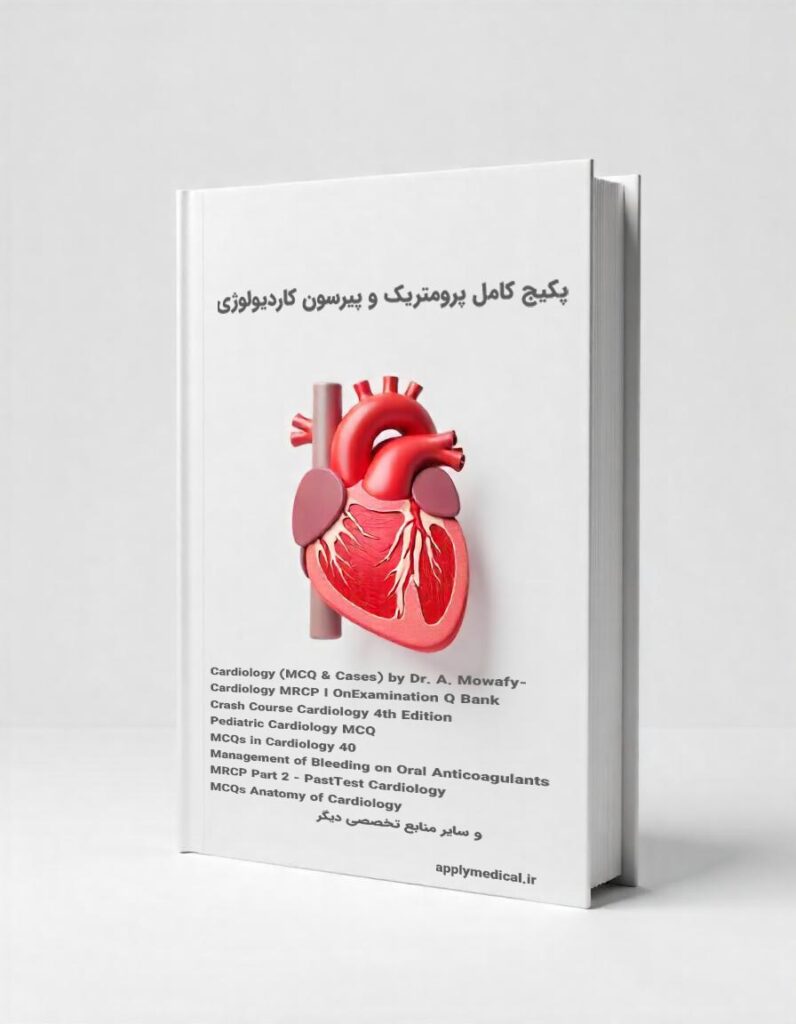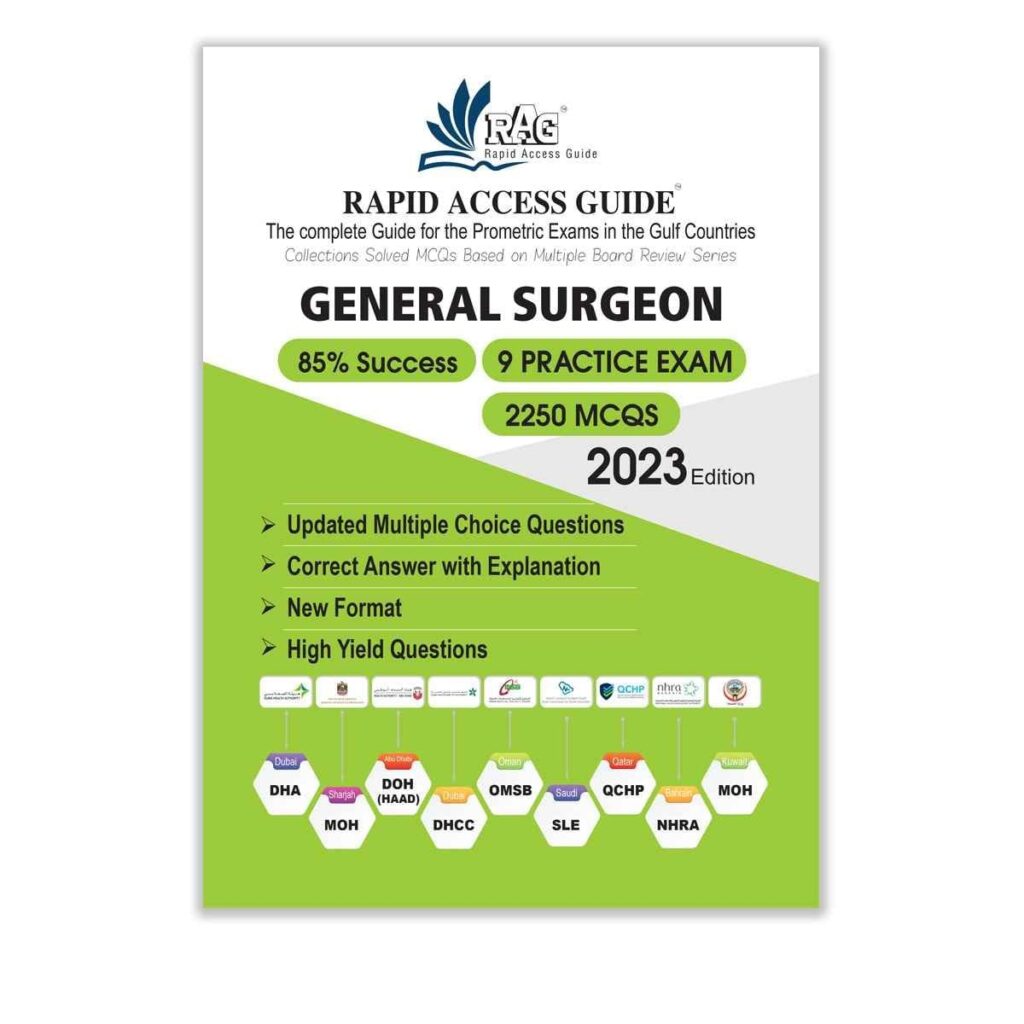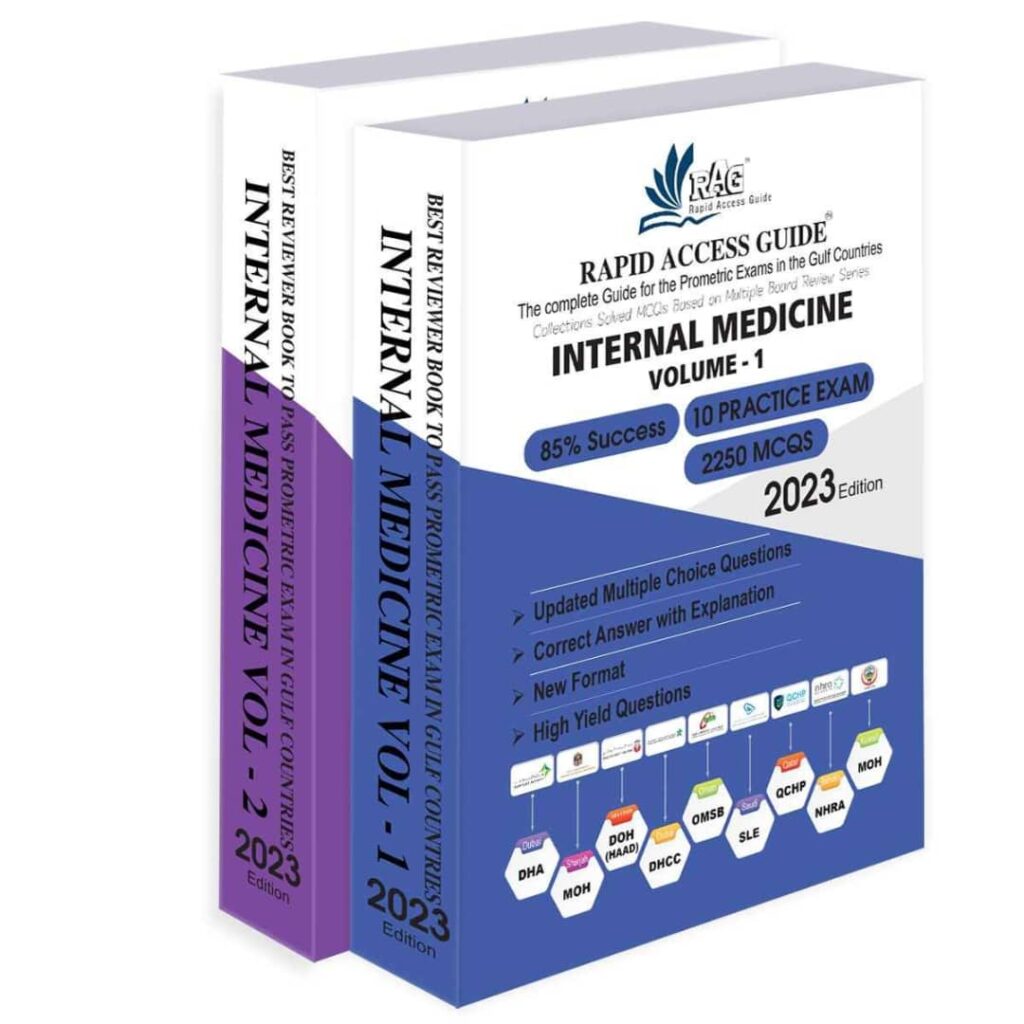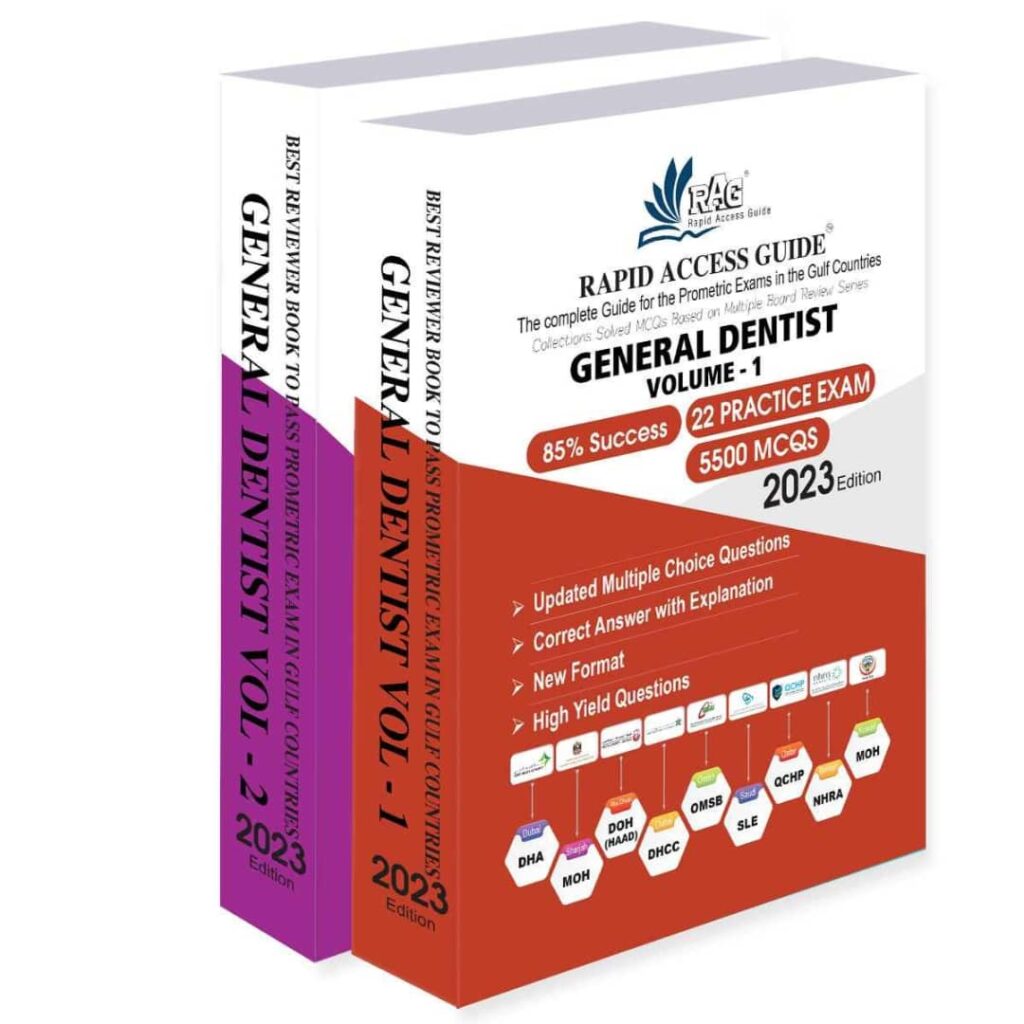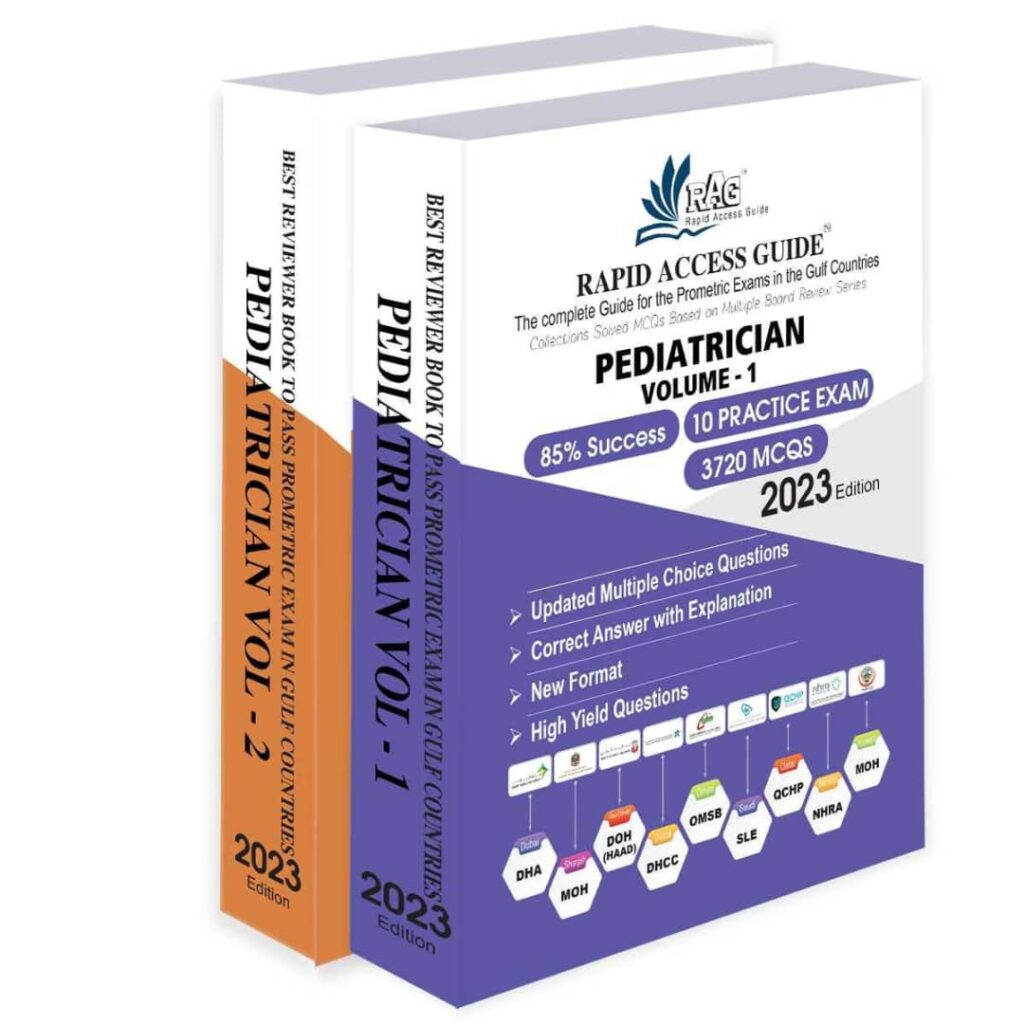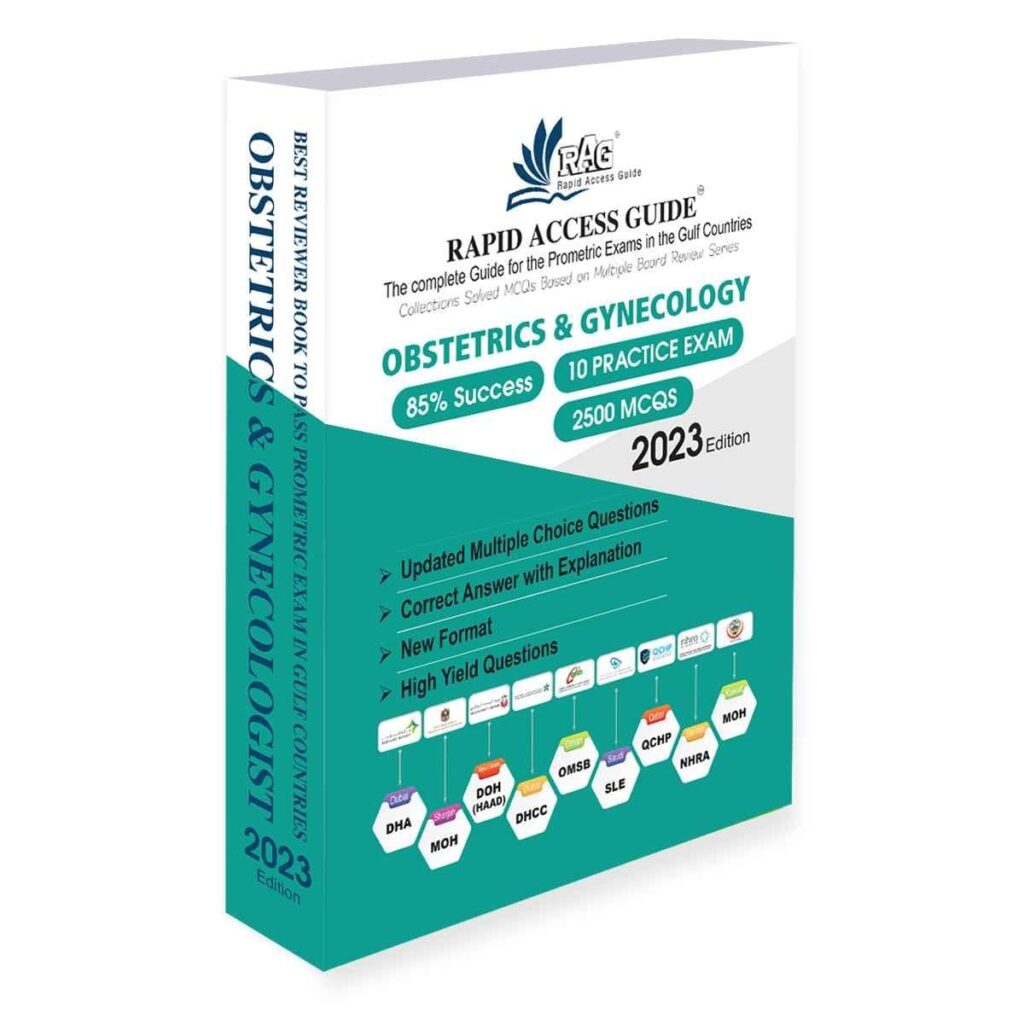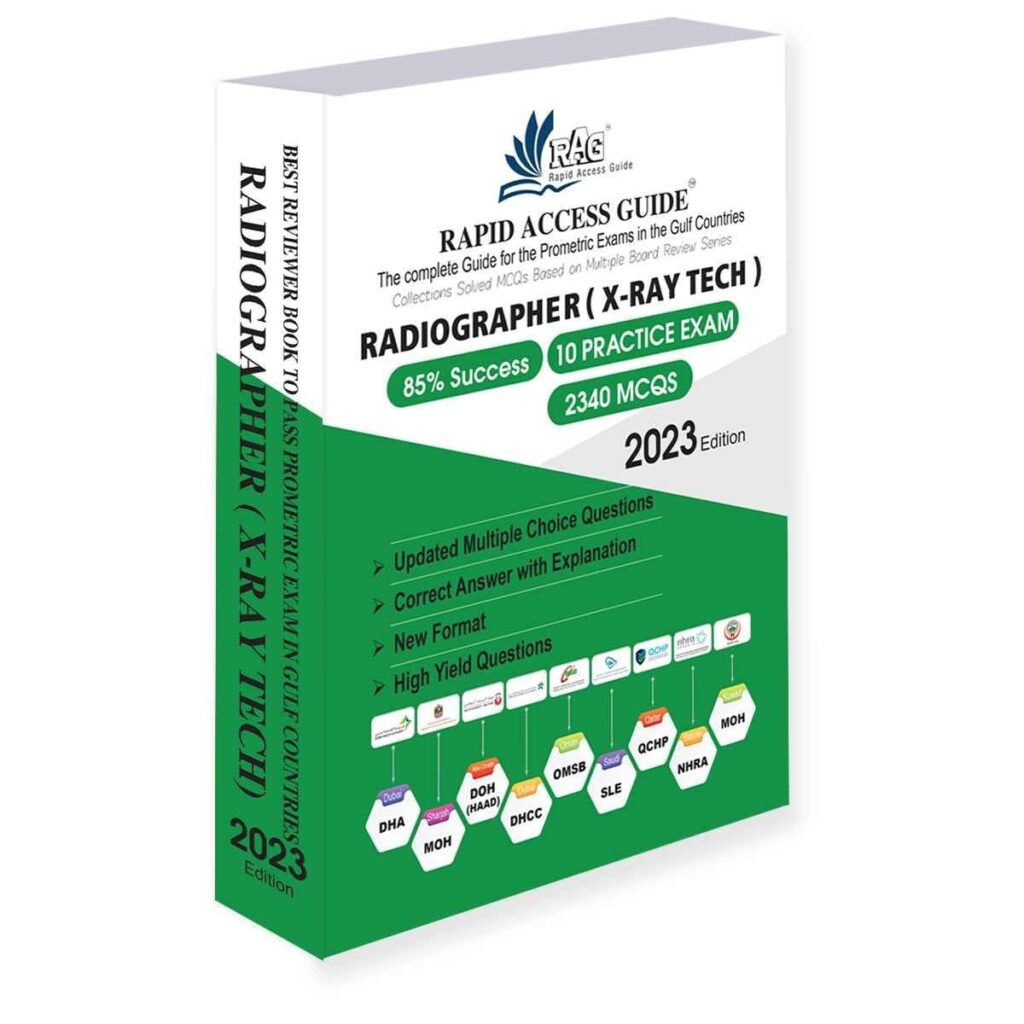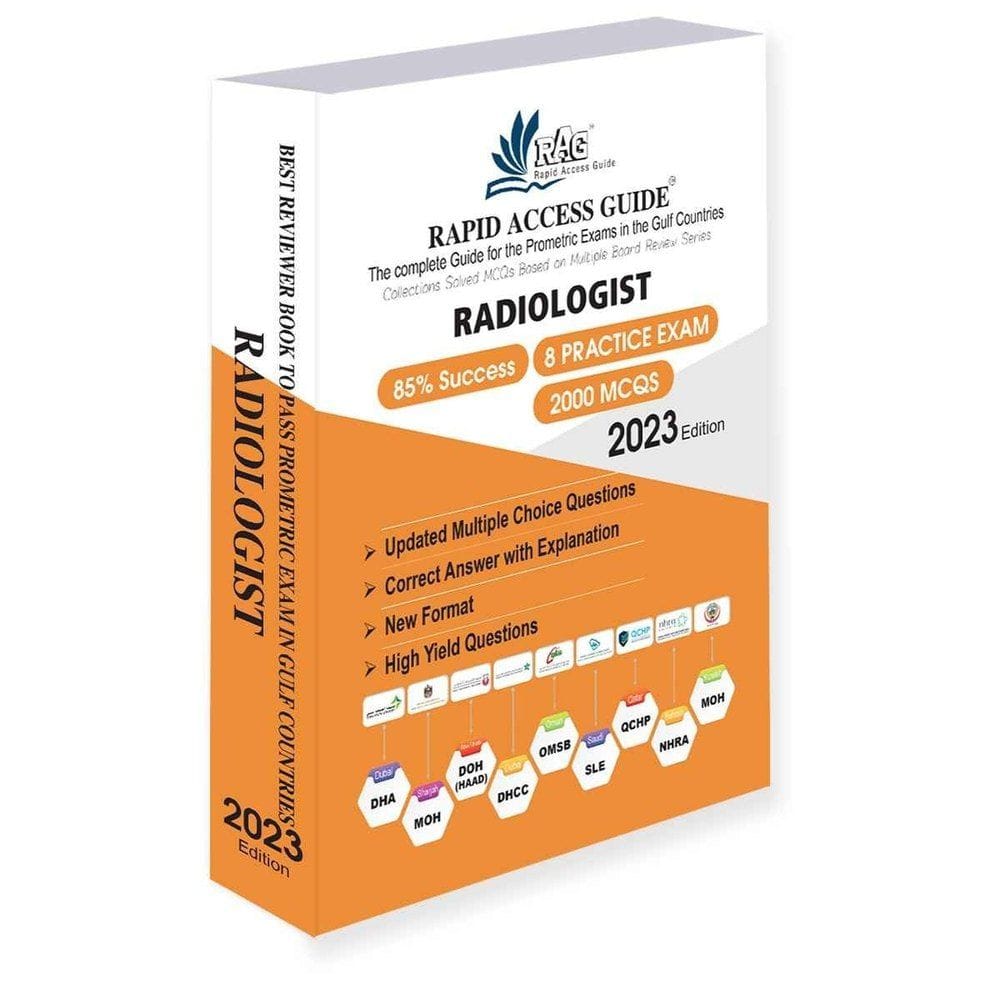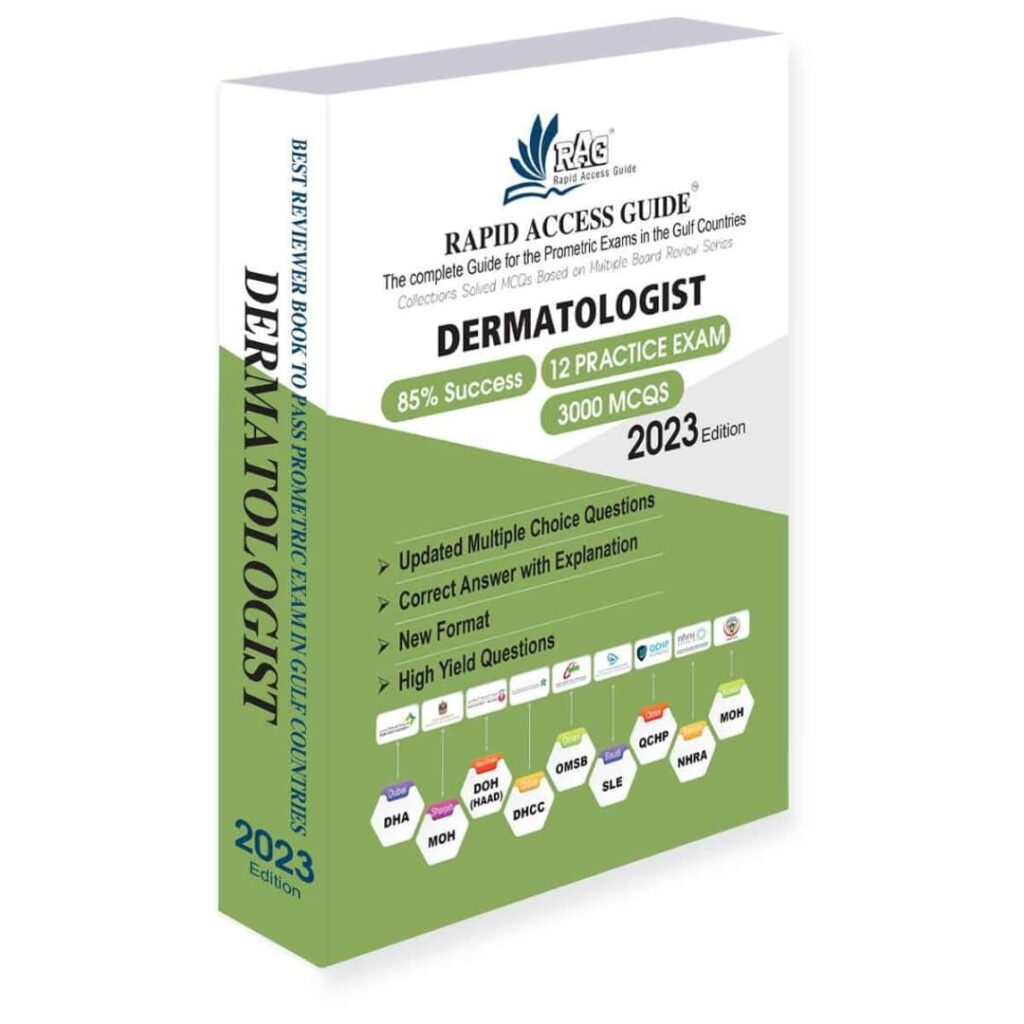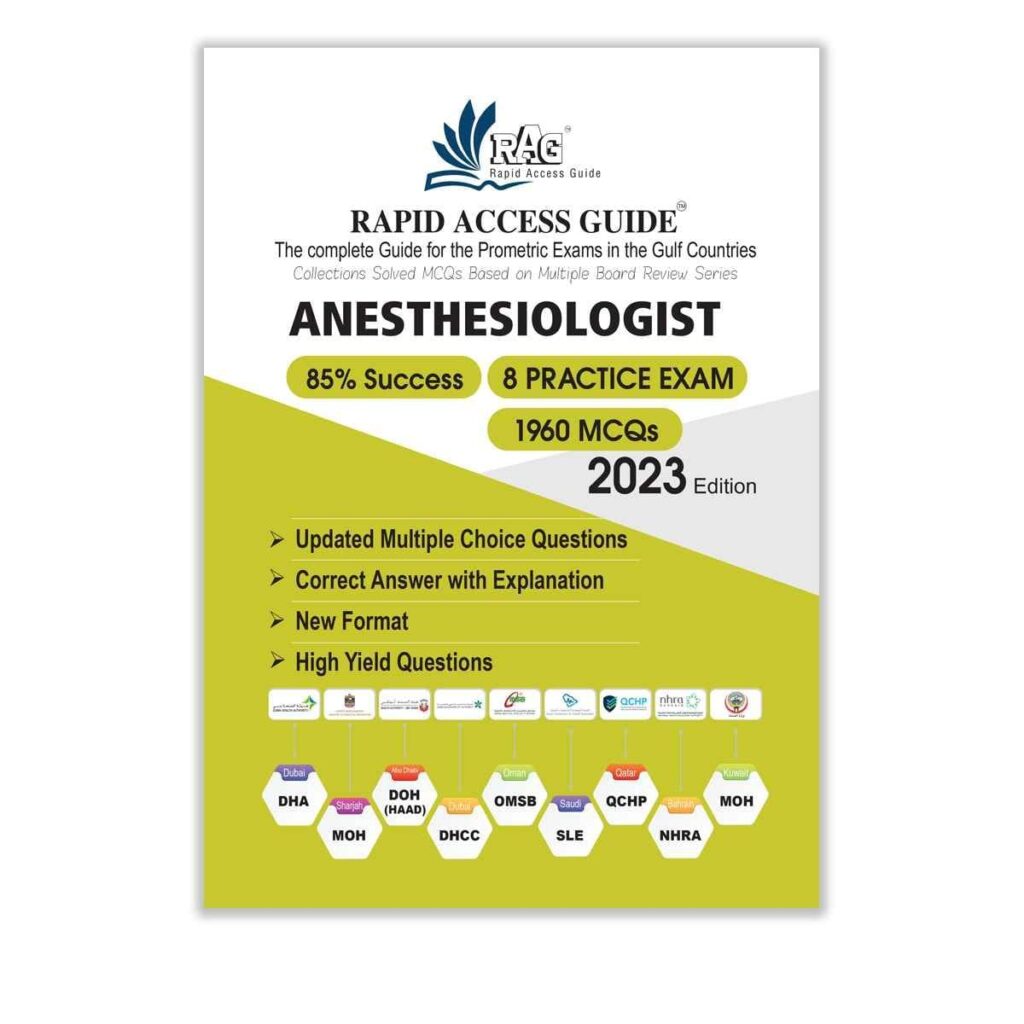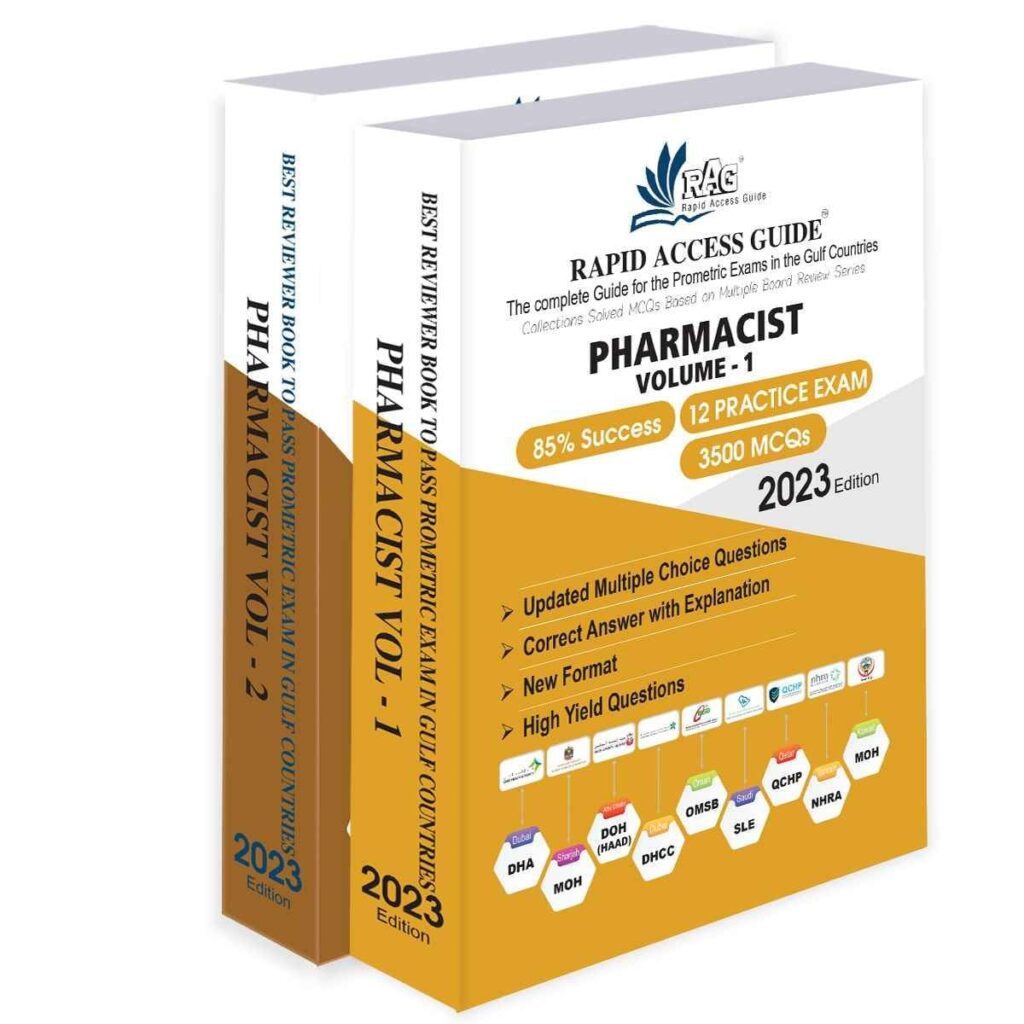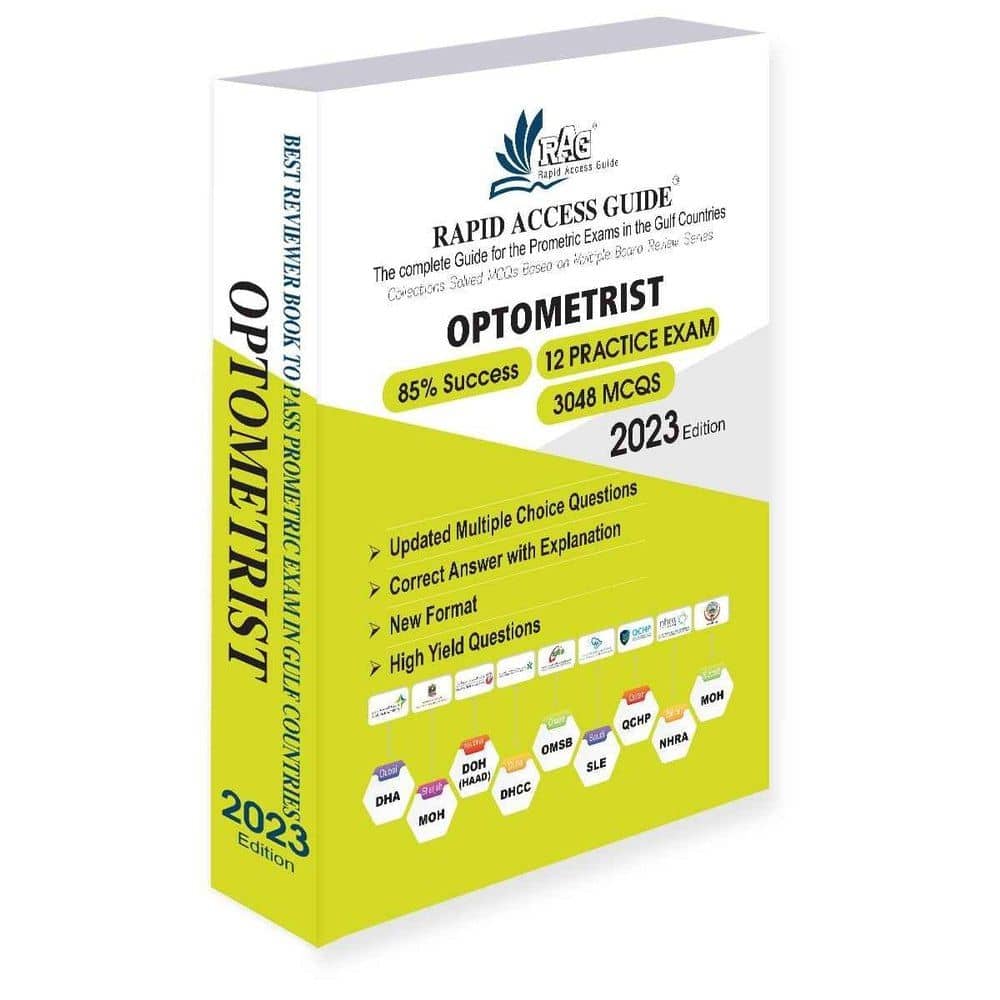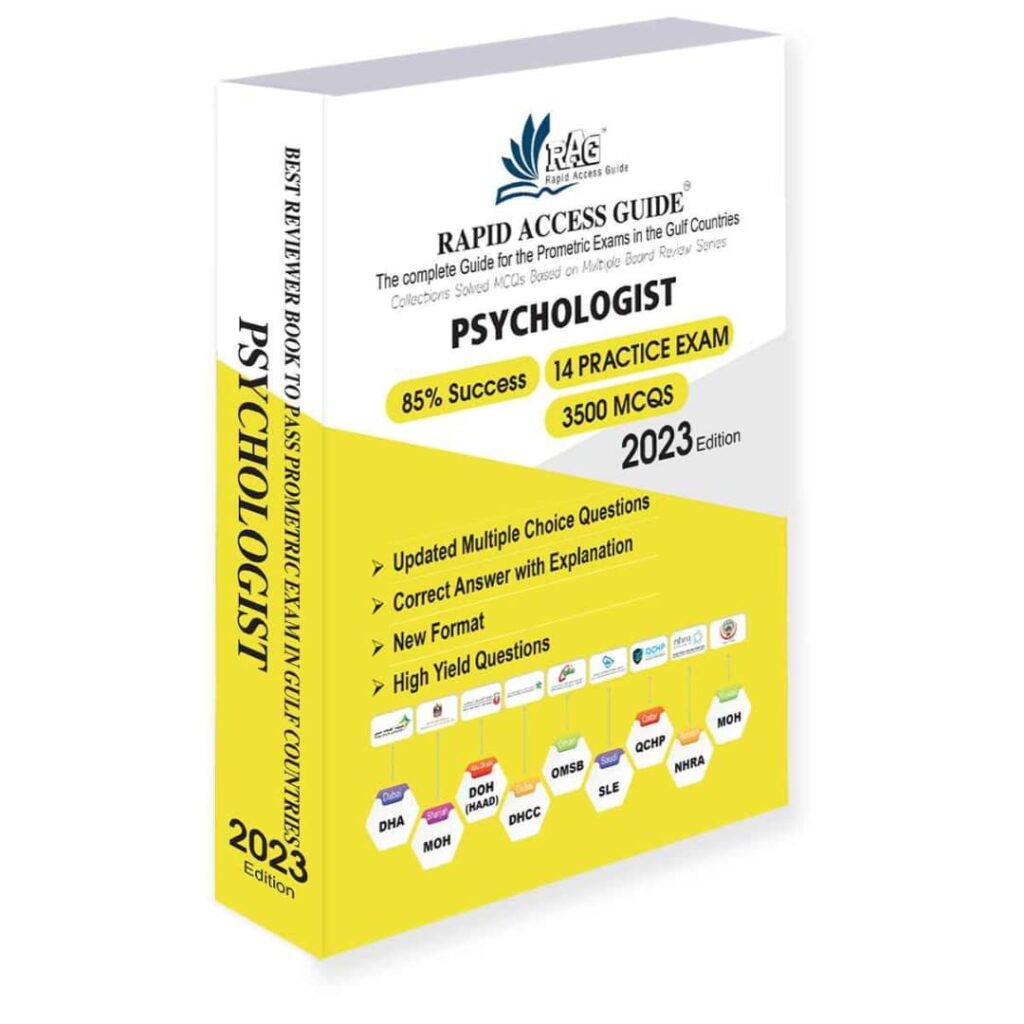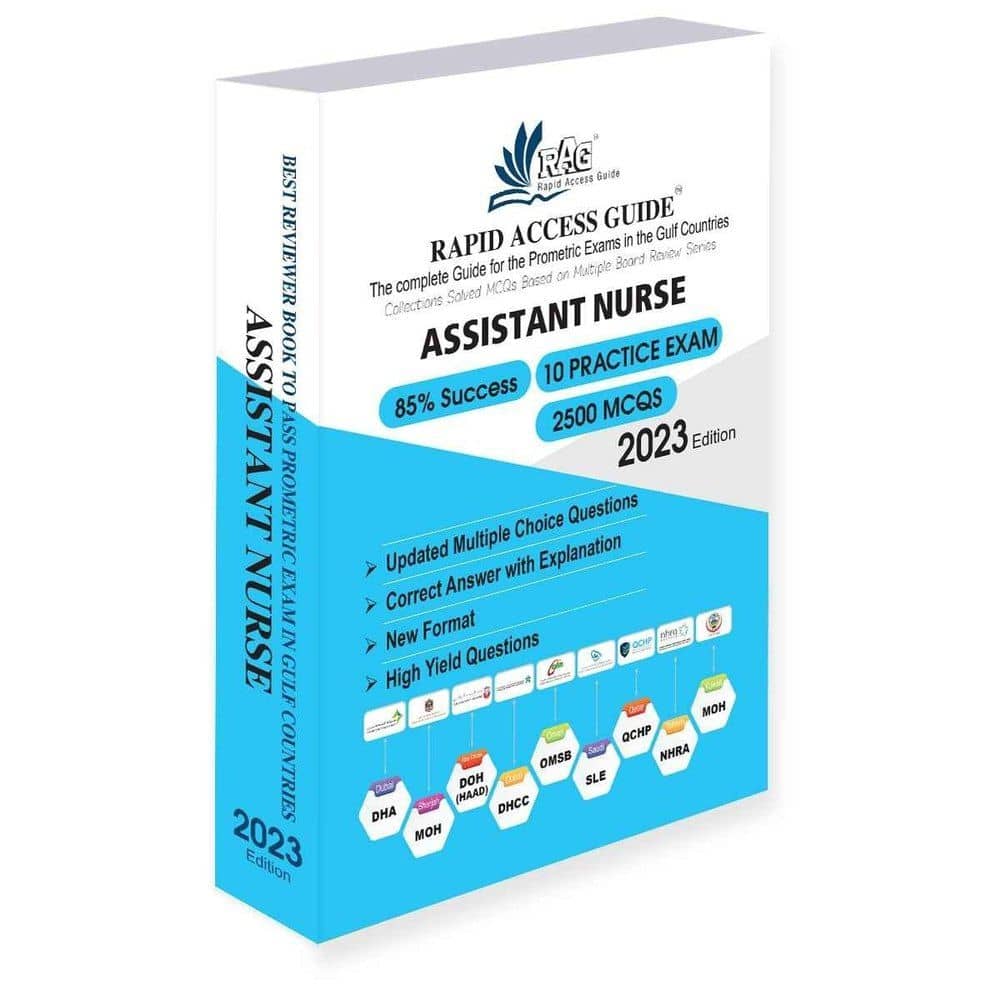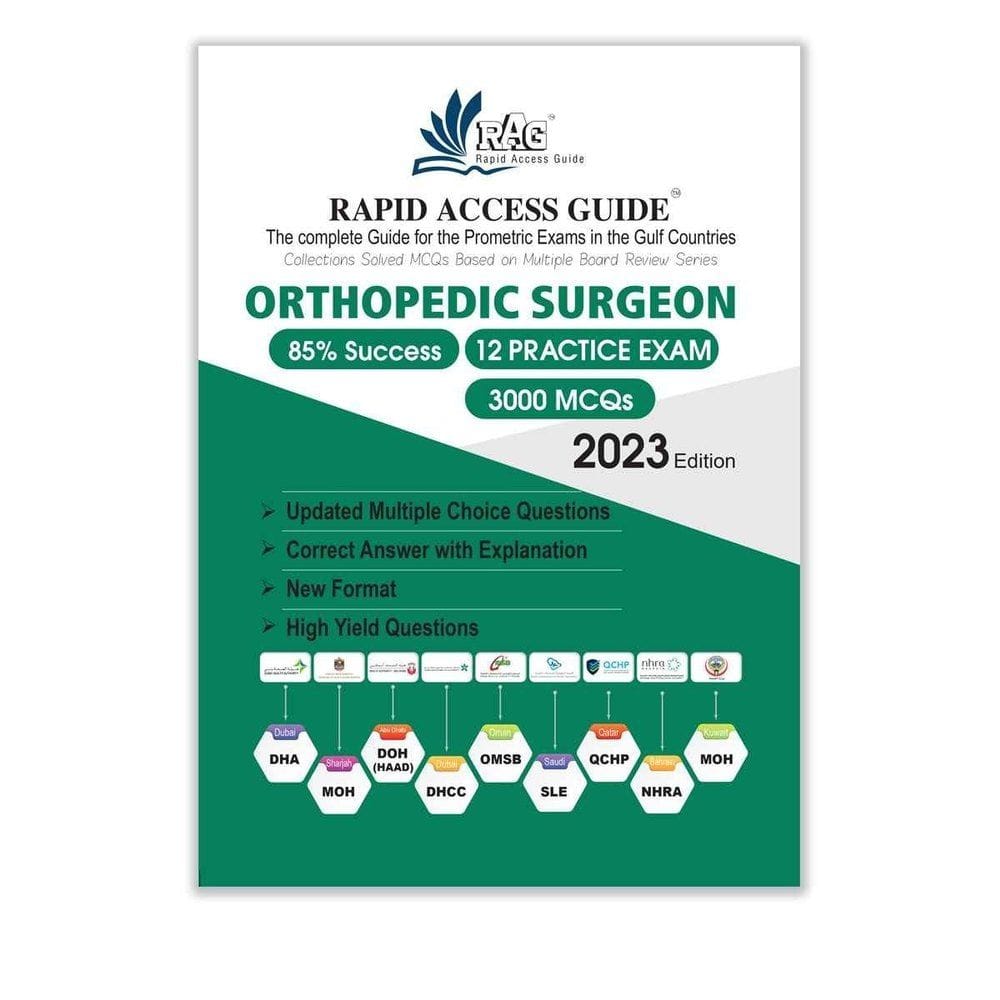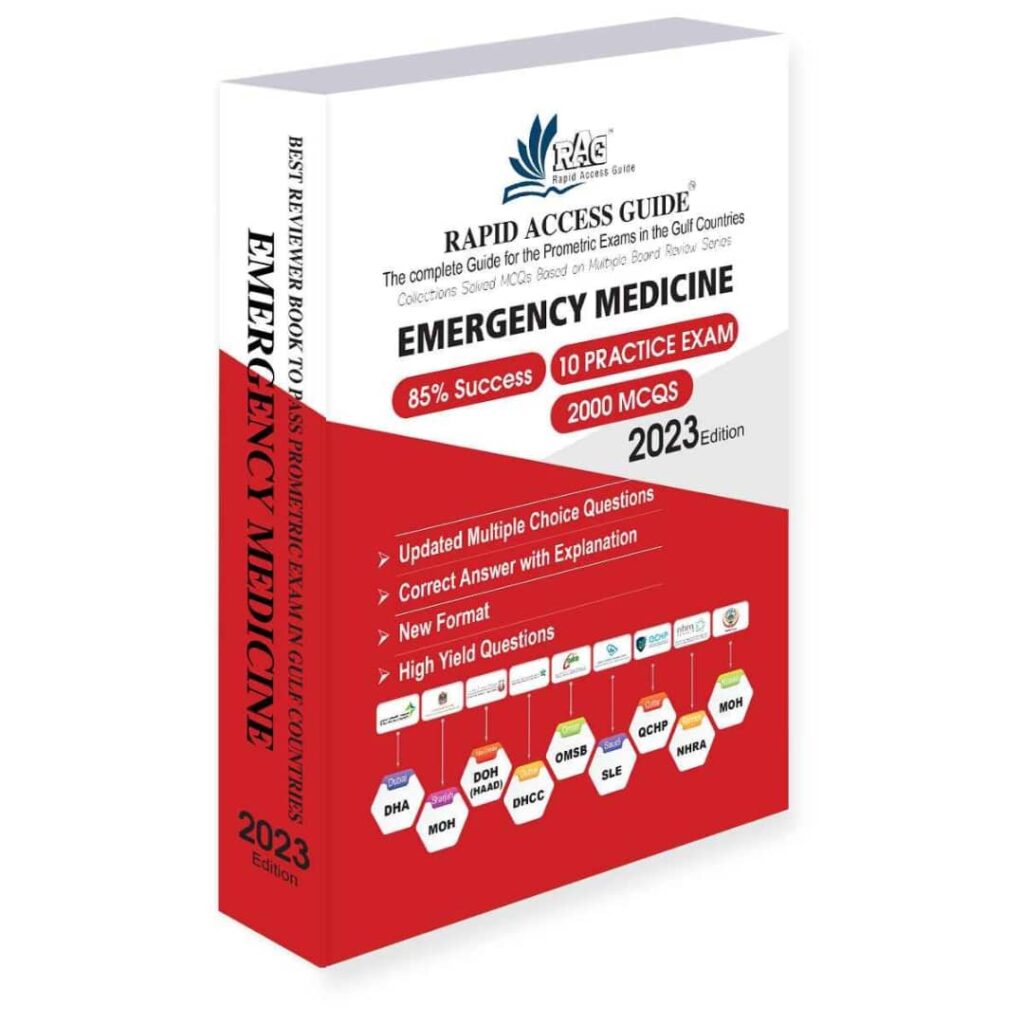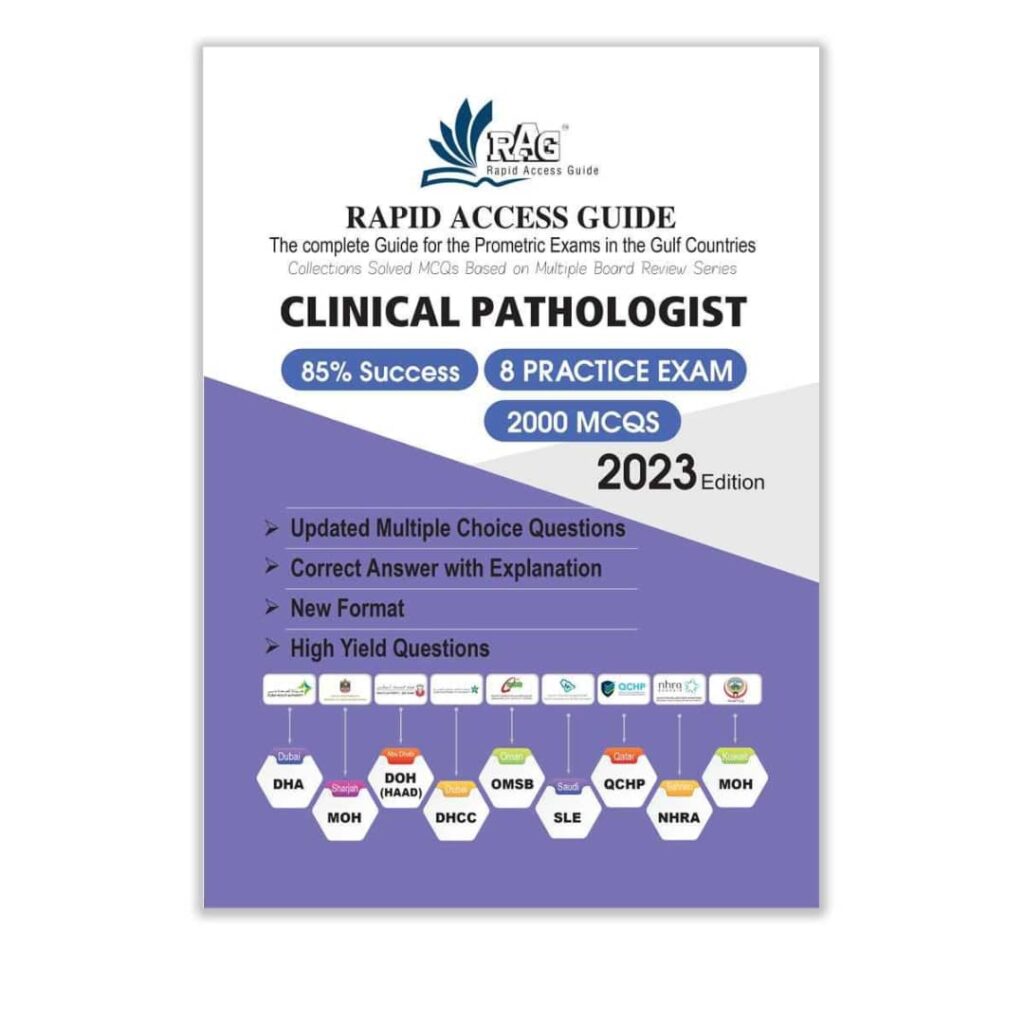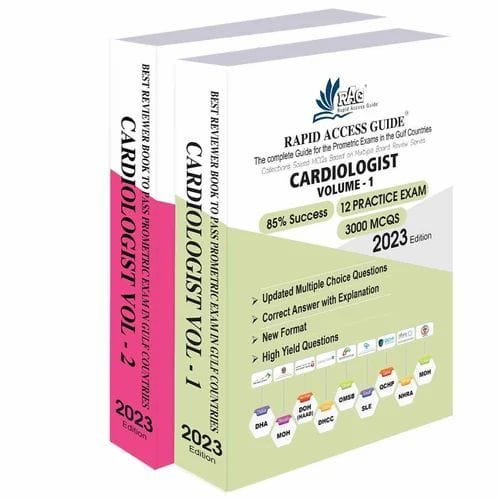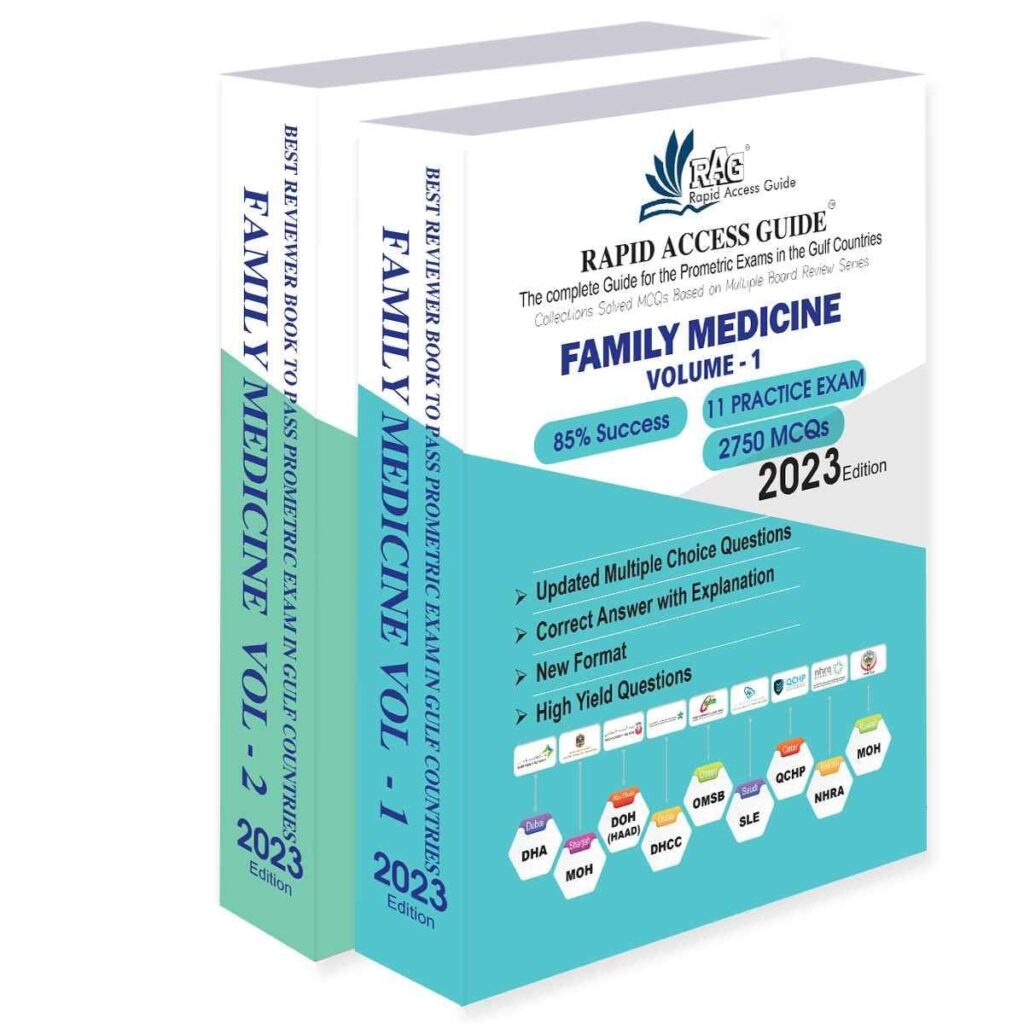به آزمون پیرسون پرستاری خودتان خوشآمدید
1.
A client is admitted to the hospital with a diagnosis of an exacerbation of asthma. What should the nurse plan to do to best help this client
2.
A person on the beach sustains a deep partial-thickness burn because of a severe sunburn. What is the best first-aid measure that a nurse should instruct the person to apply before seeking health care?
3.
A client reports experiencing nausea, dyspnea, and right upper quadrant pain unrelieved by antacids. The pain occurs most often after eating in fast-food restaurants. Which diet should the nurse instruct the client to follow?
4.
Which statement by a client with type 2 diabetes indicates to the nurse that additional teaching about the diet is needed?
5.
During the first trimester, a client tells a nurse at the prenatal clinic that she frequently feels nauseated. What should the nurse teach her about reducing the nausea?
6.
The cervix of a client in labor is dilated 8 cm. She tells a nurse that she has a desire to push and is becoming increasingly uncomfortable. She requests pain medication. How should the nurse respond?
7.
A nurse is caring for a client with a history of chronic obstructive pulmonary disease (COPD). What complications are most commonly associated with COPD?
8.
Which is most important for the nurse to do when providing care to a client who has had a transurethral resection of the prostate?
9.
A child with acute poststreptococcal glomerulonephritis requests a snack. Which is the most therapeutic selection of food the nurse can provide?
10.
A new parent asks a nurse how to care for the baby’s umbilical cord stump. What should the nurse include in the teaching?
11.
What should the nurse do to assess the neurovascular status of an extremity casted from the ankle to the thigh?
12.
A health care provider orders daily sputum specimens to be collected from a client. When is the most appropriate time for the nurse to collect these specimens?
13.
A nurse is caring for a client with glaucoma. What rationale associated with the need for treatment of this condition should the nurse include in a teaching program?
14.
A person sustains deep partial-thickness burns while working on a boat in a town marina and seeks advice from the nurse in the first aid station. The nurse encourages the client to seek medical attention, but the client refuses. The nurse advises the person to go to a health care provider if:
15.
A client with major depression is admitted to the hospital. What is the most therapeutic initial nursing intervention?
16.
A nurse administers an intramuscular injection of vitamin K to a newborn. What is the purpose of the injection?
17.
The parents of a child who is dying of cancer ask the nurse whether they should tell their 7-yearold son that his sister is dying. What is the most appropriate response by the nurse?
18.
Which nursing action should be included in the plan of care for a child with acute poststreptococcal glomerulonephritis?
19.
A client on a psychiatric unit who has been hearing voices is receiving a neuroleptic medication for the first time. The client takes the cup of water and the pill and stares at them. What is the most therapeutic statement the nurse can make?
20.
A pregnant adolescent at 10 weeks’ gestation visits the prenatal clinic for the first time. The nutrition interview indicates that her dietary intake consists mainly of soft drinks, candy, French fries, and potato chips. Why does the nurse consider this diet inadequate?
21.
A client’s problem with ineffective control of type 1 diabetes is identified when a sudden decrease in blood glucose level is followed by rebound hyperglycemia. What should the nurse do when this event occurs?
22.
A nurse in the prenatal clinic is assessing a woman at 34 weeks’ gestation. The client’s blood pressure is 166/100 mm Hg and her urine is +3 for protein. She states that she has a severe headache and occasional blurred vision. Her baseline blood pressure was 100/62 mm Hg. What is the priority nursing action?
23.
A child is found to be allergic to dust. The nurse is preparing a teaching plan for the parents. What should the nurse include in the plan?
24.
A client with the diagnosis of personality disorder with antisocial behavior is hospitalized. The client is openly discussing interpersonal difficulties with family members and the boss at work from whom money has been stolen. The client presently is facing criminal charges. Which behavior indicates that the client is meeting treatment goals?
25.
A client with a history of gambling has legal difficulties for embezzling money and is required to obtain counseling. During an intake interview, the client says, “I never would have done this if I had been paid what I am worth.” What factor will create the greatest difficulty when assisting this client to develop insight?
26.
A client who has breast cancer had post lumpectomy chemotherapy and is now scheduled for radiation on an outpatient basis. What is an important nursing intervention while the client is receiving radiation?
27.
What should be the initial nursing action after the birth of a preterm infant with an Apgar score of 6?
28.
A client with severe preeclampsia is hospitalized. What should a nurse do first to ensure her physical safety?
29.
A nurse is caring for an older adult who is taking acetaminophen (Tylenol) for the relief of chronic pain. Which substance is most important for the nurse to determine the client is taking because it intensifies the most serious adverse effect of acetaminophen?
30.
An IV infusion of magnesium sulfate is prescribed for a client with severe preeclampsia. The dose is twice the usual adult dose. When a nurse questions the dosage, the health care provider insists that it is the desired dose and directs the nurse to administer the medication. How should the nurse respond to this directive?
31.
A client is extubated in the post anesthesia care unit after surgery. For which common response should the nurse be alert when monitoring the client for acute respiratory distress?
32.
A nurse is caring for a client with a below-the-knee amputation. What should the nurse encourage the client to do to prepare the residual limb for a prosthesis?
33.
An internal fetal monitor is applied while a client is in labor. What should the nurse explain about positioning while the monitor is in place?
34.
What is the most important test the nurse should check to determine whether a transplanted kidney is functioning?
35.
During a newborn assessment a nurse reports a sign of respiratory distress. What clinical manifestation did the nurse identify?
36.
A health care provider explains a cystectomy and an ileal conduit to a client with invasive carcinoma of the bladder. Later the client expresses concerns about the possibility of offensive odors associated with this procedure. What is the best response by the nurse?
37.
A client has a urinary retention catheter in place after surgery. What should the nurse do when planning for the client’s safety needs in relation to this device?
38.
A client has a tonic-clonic seizure. What is the priority nursing intervention during the tonic-clonic stage of the seizure?
39.
Which factor is essential to consider when a nurse evaluates whether a unit environment is conducive to psychologic safety for a confused client with dementia?
40.
A nurse is caring for a newborn with a myelomeningocele. What should immediate nursing care for this infant include?
41.
After resection of a lower lobe of the lung, a client has excessive respiratory secretions. Which independent nursing action should the nurse implement?
42.
After a therapy session with a health care provider in the mental health clinic, a client tells the nurse that the therapist is uncaring and impersonal. What is the nurse’s best response?
43.
A nurse is assessing a newborn. What finding indicates the need for follow-up care?
44.
A nurse admits an adolescent to the psychiatric unit with the diagnosis of anorexia nervosa. What is the primary gaining a client with anorexia achieves from this disorder?
45.
A child has cystic fibrosis. Which statement by the parents about their plan for the child’s dietary regimen provides evidence that they understand the nurse’s instructions?
46.
A client who has just started on a regimen of haloperidol (Haldol) is observed pacing and shifting weight from one foot to another. What side effect does the nurse document in the client’s chart?
47.
Using Piaget’s theory of cognitive development, what should the nurse expect a 6-month-old infant to demonstrate?
48.
On the third postpartum day, a woman who is breastfeeding calls the nurse at the clinic and asks why her breasts are tight and swollen. What should the nurse consider before explaining why her breasts are engorged?
49.
A nurse is assessing a group of older adults. Which should the nurse consider to be least likely to be affected by aging?
50.
A client who has been on a psychiatric unit for several weeks continually talks about delusional material. What response by the nurse is most therapeutic?





